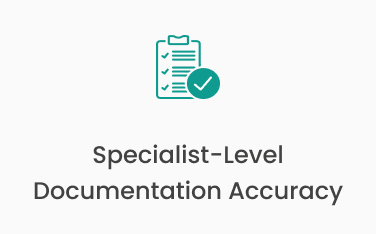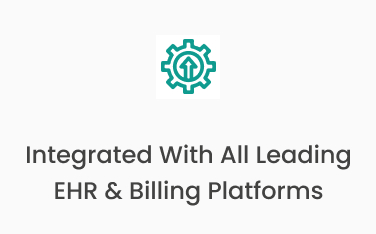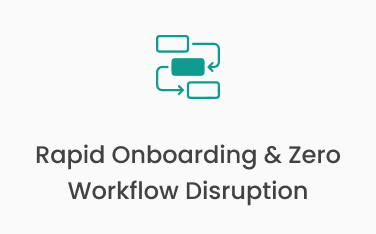Simplify Prior Authorization. Safeguard Reimbursements
SolvEdge streamlines prior authorizations by ensuring medical necessity, meeting payer requirements, and accelerating approvals—reducing administrative burden and protecting your revenue.
- Reduce Denials
- Accelerate Approvals
- Protect Revenue





